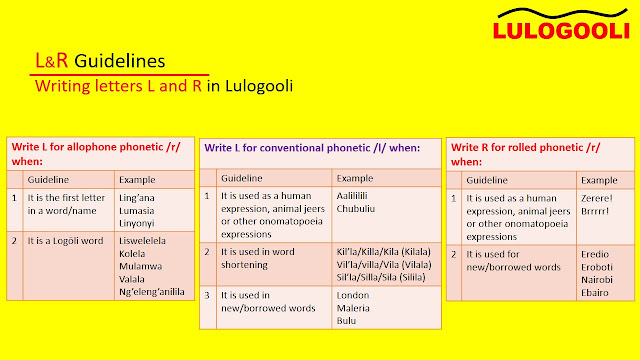Lesson 37 : Ziimbu (Songs of Logooli)
Pic: Muami Mugasu, a famous drum-singer among the Logooli Logooli music is unmatched! Listen to the sweet melodies below and tell us! ... The lyrics are courtesy of structural writing to assist in deciphering voice-word meaning. 3. Vohovole pupils' (listen) Ijiliki ikuumulanga io Ijiliki ikuumulanga io... Ikuumulanga sya iali iitu! Zyi muvoolele baaba na maama Vakaana vazya muliteenya Inyaanza iavaigalila nzilili nzilili! Vakaana vatano vazya muliteenya Vanyoola lilina lia liaga Vavoolela mulala ingila muo Na uo aaingila muo vuangu Woi woi Woi woi Vanyoola liliina lia liaga Woi woi Woi woi Na uo aaingila muo vuangu! Nali naitema kileenge muinzu mua nali Naitema naitema kino Nasuunga munzu mua nali Nisuusu... nisuusu! *** 2. Kuba magulu! ( listen ) Magoondi gaa mu'mba muno simutula kuakina kuba! Zimbuli zia mu'mba muno Simutula kuakina kuba! Kuba magulu mangusanguse Mangusanguse... muoyo guidoola! Guidoola... singila mazi! Singila mazi kasaata inda kamala! Aakamala kaha...







